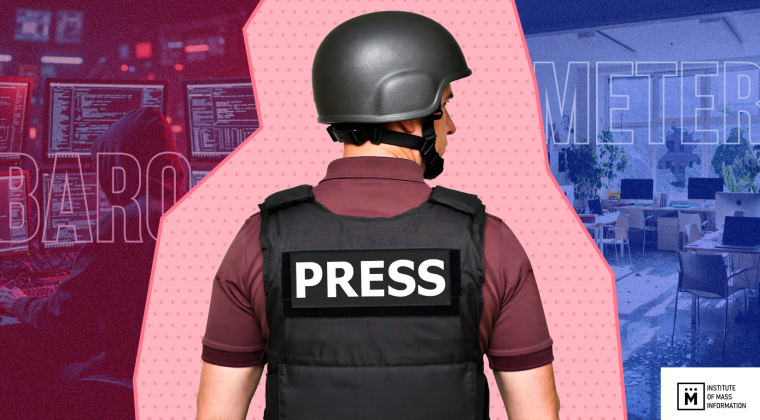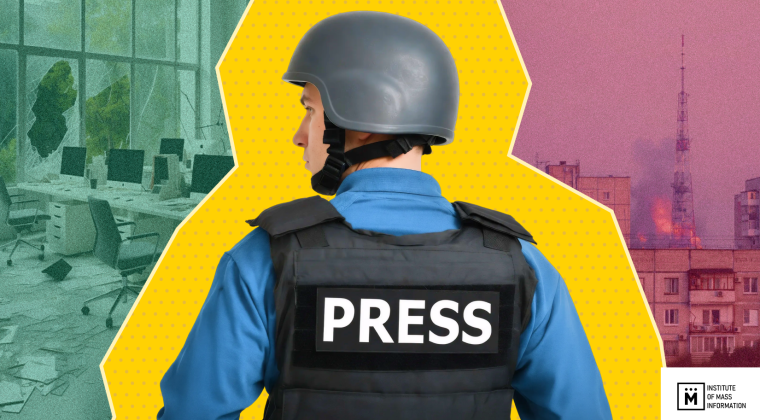In September, IMI registered sharp increase in the number of beatings of journalists – 6 cases, while in August IMI experts registered no such cases.
For the context, the greatest number of beatings was registered by IMI since the start of the year in July – 7 cases (in June – 1, in March – 6, in April – 1, in March – 5, in February – 2).
The next one by the number of violations is impediment to journalists – 5 cases, this number is almost unchanged compared to August, when four such cases took place.
This is the data of monthly monitoring of the Institute of Mass Information (ІМІ) “Freedom of Press Barometer”.
In total, in September, IMI registered in Ukraine 21 case of violations of freedom of press and journalists’ rights in eight regions. Of them, 13 cases were physical aggression against journalists.
Most cases took place in Kyiv (7), four – in Mykolaiv region, two cases in each of Odesa, Dnipro, Zhytomyr and Rivne regions, and one case in each remaining region.
The aggressors and perpetrators in September were mostly private individuals, local authorities, and law enforcement officers.
In addition, IMI registered three cases of limitation of access to information, two cases of legal pressure, and one case of each of: threats, damage of journalists’ property, political pressure, стеження за журналістами and cyber-attacks.
Thus, since the beginning of the year, IMI registered 72 cases of obstruction to lawful activities of journalists, 28 cases of beatings of journalists, 25 cases of threats, and 15 cases of limitation of access to information.
For the first time this year, IMI registered a case of exposure of privacy of journalists’ sources. In particular, the cases in question are General Prosecutor’s Office access to data from telephones of journalists Natalia Sedletska and Khrystyna Berdynskykh that was granted by the court.
This months, journalists of central TV channels – “112 Ukraina”, NewsOne, ICTV – were assaulted, as well as some journalists of local media outlets.
The access of journalists to public information was limited by local authorities, representatives of communal enterprise, and General Prosecutor’s office.



